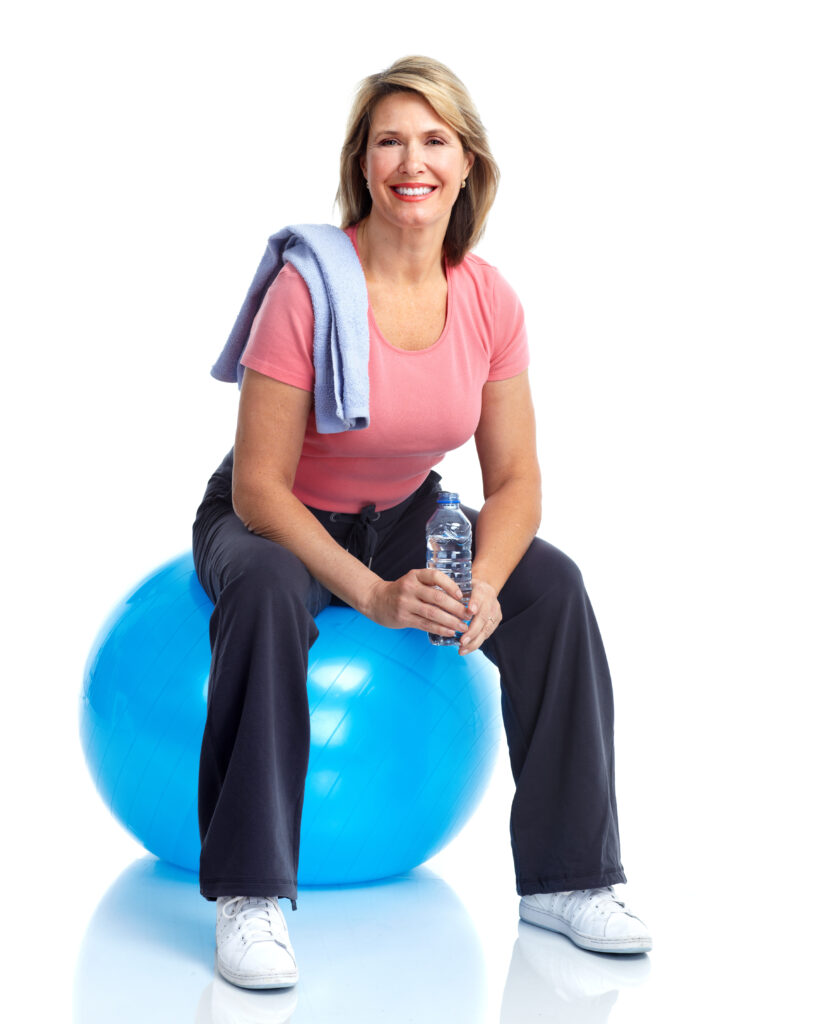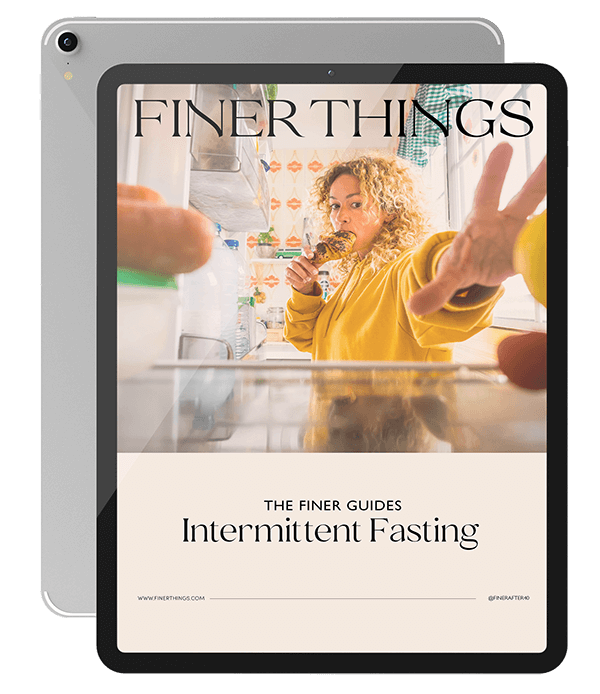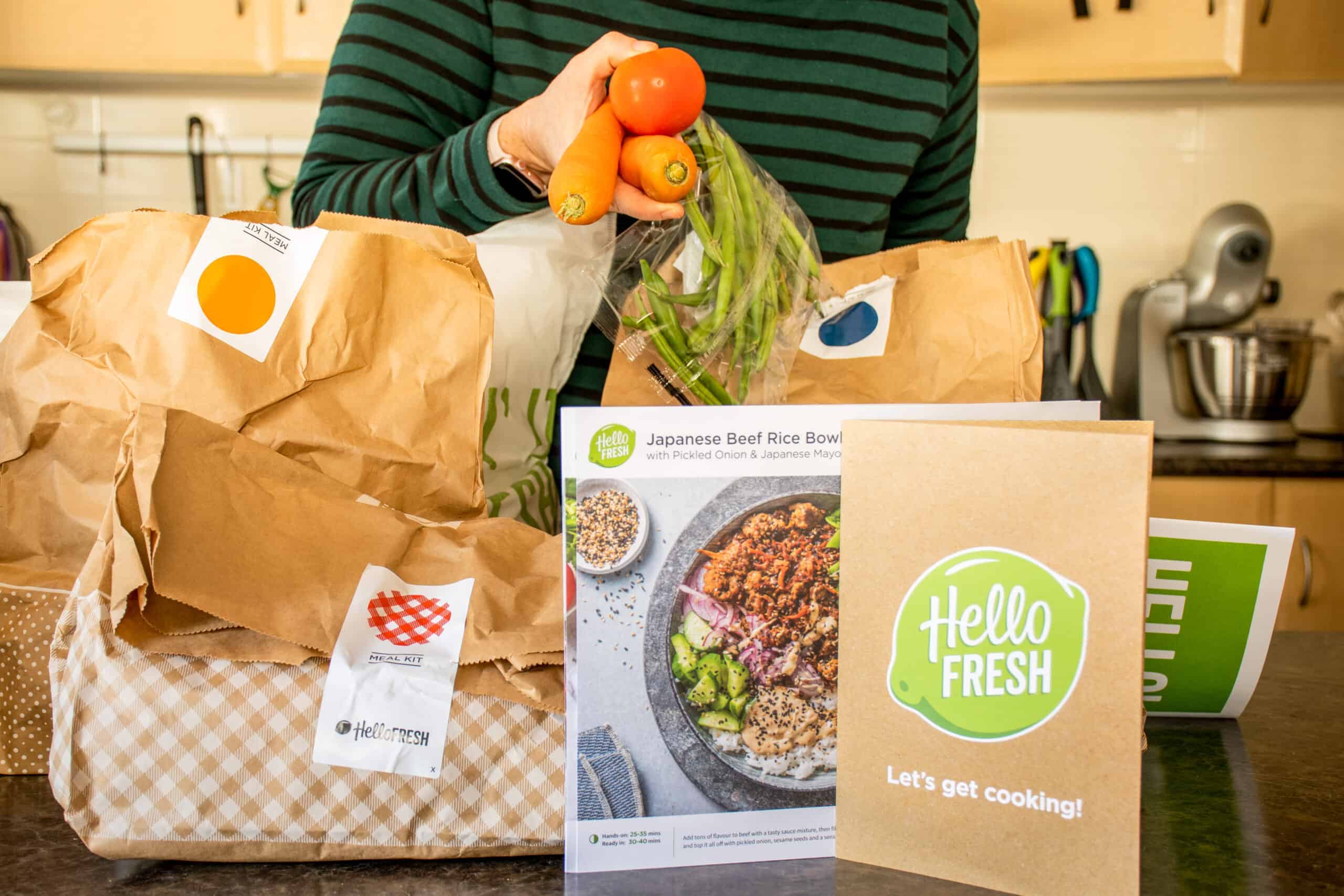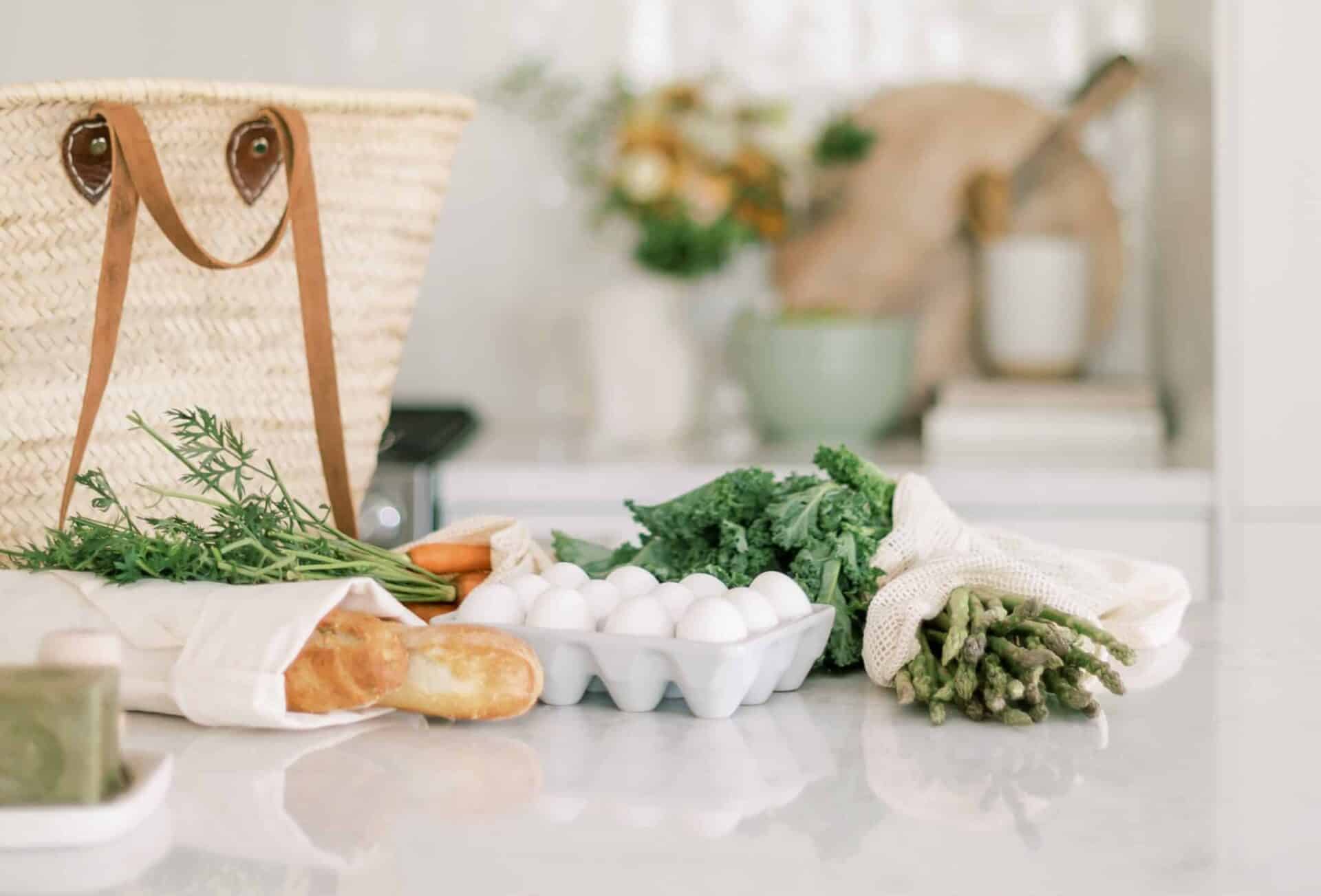The New Freshman 15: How to Lose Your COVID 19

By Paula Bennett
If you’ve gained weight since the Covid-19 pandemic swept the world, you’re not alone. Many of us struggled to avoid weight gain as lockdowns heavily reduced our overall activity and increased the temptation (and opportunity) to eat high-calorie foods. While gaining weight during pandemic-related lockdowns is understandable, it’s important to get back to a healthy weight.
High BMI and obesity can increase the risk of general health conditions such as heart disease and metabolic disease, though a holistic view of health should be the goal rather than a focus simply on weight loss.
Losing the “quarantine 15” isn’t about getting a shredded beach body, it’s about doing the best for your health, longevity, and quality of life.
The question you’re asking remains, how to lose weight after Covid-19 in a safe way?
Here are some safe, simple, and achievable steps.
Get enough sleep
You may have expected us to start with something more strict. However, sleep is one of those underrated factors when it comes to weight management.
A recent study showed that “inadequate sleep” is one of the core risk factors for weight gain when in quarantine. With less exercise to wear us out, more stress on our minds, and loss of schedule, our zzz’s are all out of whack.
Poor sleep may disrupt your hunger and satiety hormones, tricking you into eating more than you need. What’s more, sleepless nights can cause you to crave those carbs, sugar, and fat-rich comfort foods. If you need more incentive to get more sleep, consider that it helps to reduce inflammation, reduces stress, and boosts the immune system.
It’s easy to say, “get more sleep!” and a little harder in reality.
Try these tips:
- Create and stick to a sleep schedule that allows for eight hours of sleep per night
- Switch to water or decaf tea and coffee in the afternoon
- Increase your daily exercise
- Try soothing techniques such as stretching, a warm bath, or meditation before bed
- Have an hour of screen-free time before bed (read a book, get prepared for the next day, or spend time talking to a loved one)
- Try natural sleep supplements such as tart cherry
We’ve written the guide, The Well-Rested Woman: 25 Proven Tips for Better Sleep compiling all the above tips and more for a total of 25 science-backed tips we swear by.
Stick to a calorie goal, but be reasonable
One of the surefire ways to lose weight is to ensure your caloric intake isn’t exceeding your daily needs. This means you need to stick to a certain number of calories a day, based on your age, height, weight, and activity level. You can figure out your ideal caloric intake for weight loss with a calculator like this, ensuring your goals are safe.
Next, you need to track your food, as tedious as it may sound. An app like MyFitnessPal is great as it lets you know exactly how many calories you are eating as well as the protein, carbohydrate, and fat content of your food.
A few tips for calorie counting:
- Don’t undereat! This will only lead to hunger, frustration, burn-out, and maybe even bingeing
- Go slowly! Aim to lose 1-2 pounds per week as this will give you the best chance at keeping the weight off
- Choose high-volume, low-calorie foods such as fresh veggies. You’ll eat a lot, feel full, yet be within your caloric allotment
- If you start to feel obsessive or stressed about calorie counting, stop! It’s not worth compromising your mental health.
By being mindful of your portion sizes and focusing on fresh produce, healthy fats, and lean protein, you’ll reach your goals.
Get The Finer Life
Our Sunday email has tips and content you will love – exclusively for our subscribers.
"*" indicates required fields
Focus on healthy meals and portion control
Instead of going crazy with calorie restriction, try to focus more on nutrition, the kinds of foods you are eating, and how much.
- Be intuitive: are you hungry or are you thirsty or bored? Hydrate first. Still hungry? Have a healthy snack to get you through until your next meal
- Be smart about your carbohydrates, as these are where pitfalls can hide. Pick complex carbs such as whole grains (brown rice, oats, buckwheat, etc.), legumes, and veggies such as corn or sweet potatoes.
- If you’re a bread and pasta fanatic, stick to whole grain varieties and augment carbs with low-calorie vegetables for better balance.
Track those high-calorie snacks
Snacking is a surefire way to take our body mass index up a few notches, especially when we are more sedentary.
Here’s how to snack smarter:
- Start by eliminating the “low-hanging fruit”: junk food, sugary drinks, baked goods, and processed snack foods. Donate them, give them to friends, or simply bin them.
- Swap treats like the above with alternatives such as lemon-flavored water, nuts, plain yogurt, berries, hummus and veggie sticks, and air-popped popcorn.
By making these swaps, you are likely to drastically reduce your caloric intake. What’s more, these alternatives offer nutritional value such as fiber, probiotics, and protein instead of inflammatory chemicals and empty calories.
However, you don’t need to say “see ya” to these treats forever, as this will only make you want them more. It’s much easier to add a new habit (like snacking on carrots in the afternoon) than to remove a bad habit (like a pre-dinner handful of chips). Focus on adding behaviors you’d like to naturally replace habits over time.
Every so often, have that ice cream, that piece of cake, and those chips. Enjoy them fully. Guilt isn’t an effective motivator long-term. For your favorite, but less-healthy foods, store them on a higher shelf or in the back of the fridge so your first interaction is with a “healthier” alternative.
If the craving still remains, indulge. Overly restrictive diets have been shown to fail long-term.
Find pandemic-friendly ways to increase your physical activity
And finally, move a little more. Physical activity is one of the cornerstones of weight loss alongside proper nutrition and energy intake.
If the Coronavirus has caused your gym to close, never fear, there are plenty of ways to get a workout in at home and outside.

- Start the day with a brisk 30-minute walk (if your region allows this).
- If you are usually quite sedentary, start slow. A daily, brisk walk is plenty to begin with, then slowly build up to a longer walk, then add some bodyweight strength exercises a few times a week. This is a great video for beginners.
- If you’re prone to workout boredom, find YouTube workout videos and try a variety such as dance cardio, bodyweight strength, equipment-free HIIT, yoga, and pilates.
- When bingeing that Netflix show, do 10 bodyweight squats at the start of every episode and 10 quick burpees at the halfway point.
Check in with your doctor on how to lose weight after covid-19
One of the best steps you can take toward a normal weight is to ask your healthcare professional (doctor or dietitian). While a few pesky kgs can be relatively easy to shed with the right steps, greater amounts of weight or concerning associated symptoms are worth investigating.
If you are concerned about your BMI, unexplained weight gain, or overall health, your doctor can run the necessary tests to find the best solution. For example, they can check your blood pressure, hypertension risk, blood glucose levels, and heart rate to get an idea of how to move forward. It might simply mean a simple weight loss program with a few tweaks to your current lifestyle. Or, there may be more high-level solutions such as bariatric surgery depending on the amount of weight you are recommended to lose.
When setting a weight loss goal, be patient and prioritize consistency. If you slip up? No stress! Just get back on the wagon right away. To keep the motivation strong, think about all the amazing non-weight benefits you are getting by making healthier diet and exercise choices. You’ve got this!

Want a Free Guide?
You will receive our free 19-page guide and access to our exclusive content, private invitations, and tips you’ll love.
"*" indicates required fields
Facebook Group

